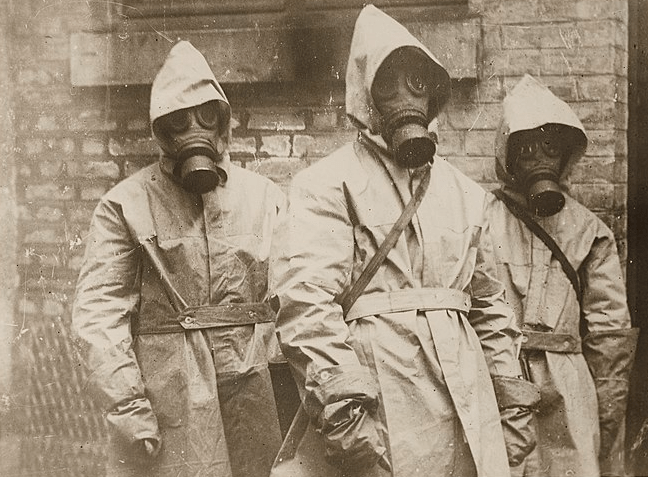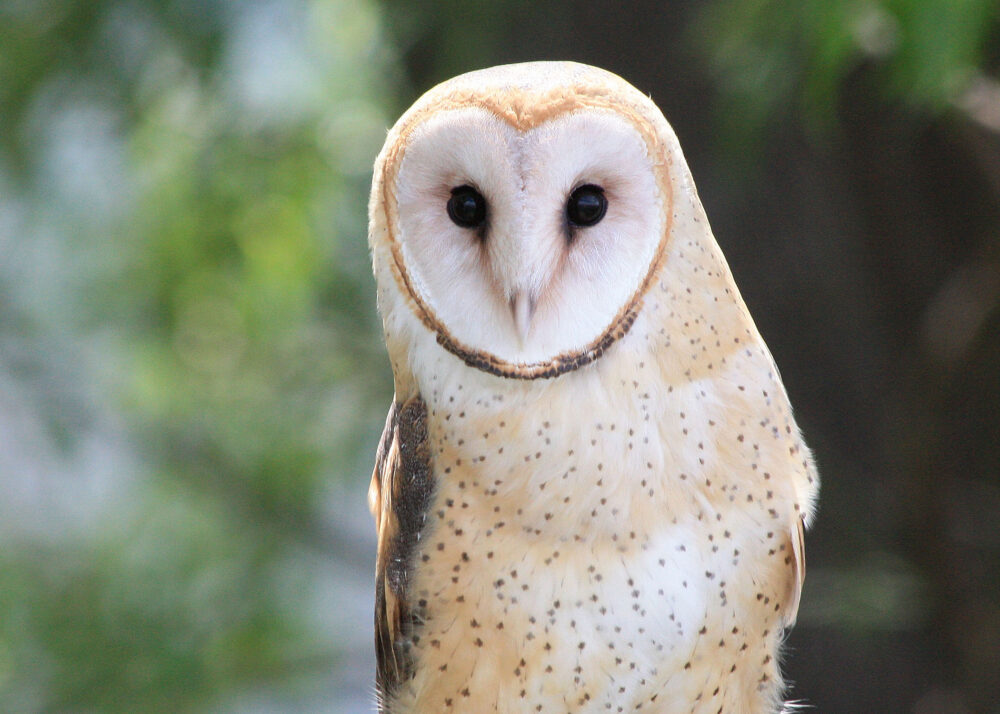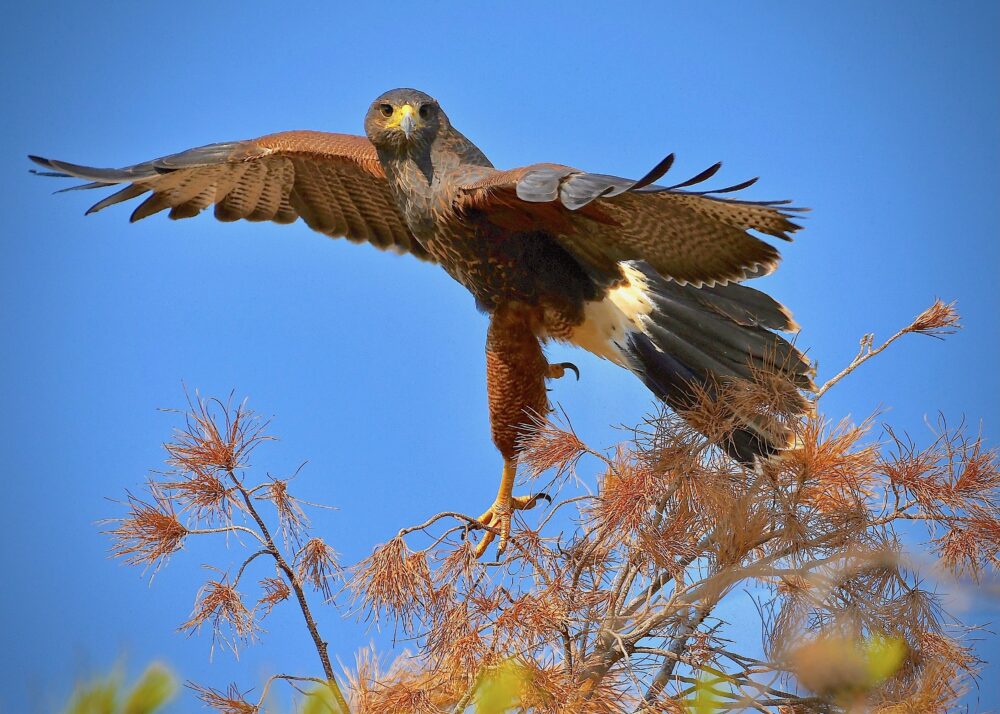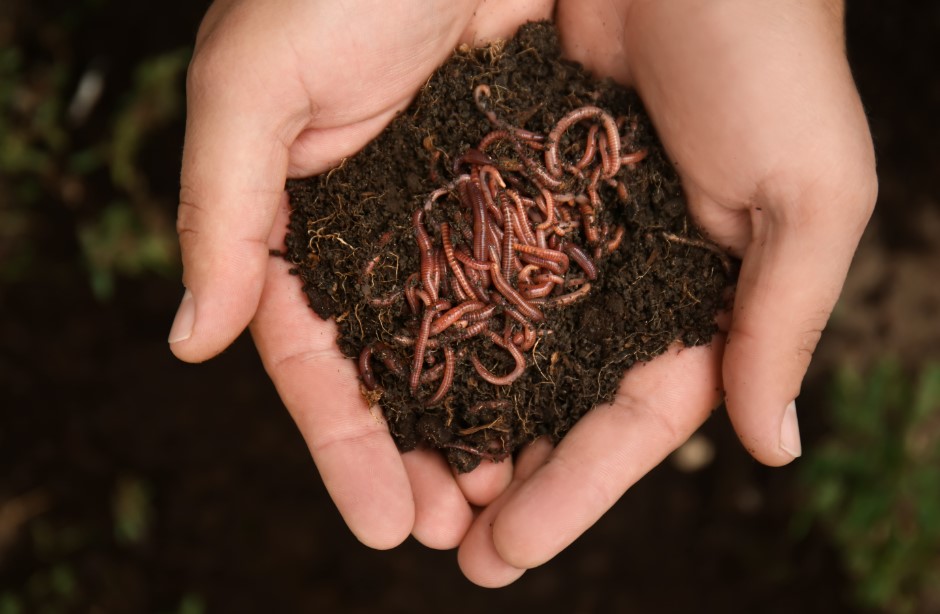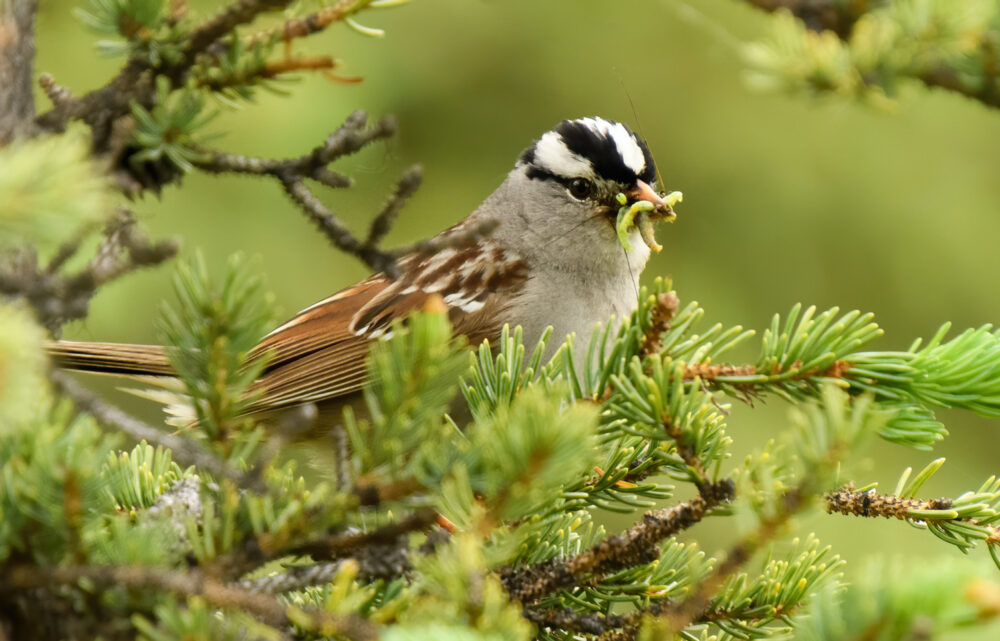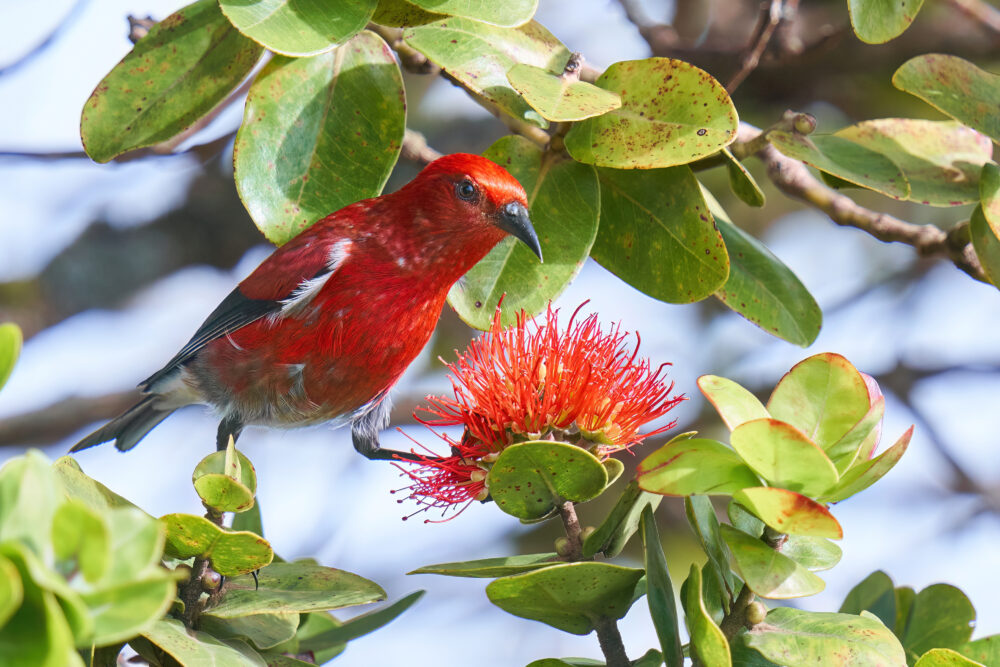We have much more to do and your continued support is needed now more than ever.
The Evolutionary Arms Race Between Rough-Skinned Newts and Garter Snakes
A note from NWF’s California Director Beth Pratt: California Conservation Corp crew members and their leader John Griffith have embraced NWF’s Certified Wildlife Habitat program and certified their Ukiah campus, with plans of doing more sites across California. I recently visited with the crew and became so impressed with their dedication to helping wildlife that I offered a guest spot on the Wildlife Promise blog if they would write about their experiences. The first story, about the quest for the Pacific giant salamander, will have you wanting to encounter one of these slimy but cool creatures. This second story in the series, written by Nick Aquirre, tells the fascinating story of a continuing battle between predator and prey.
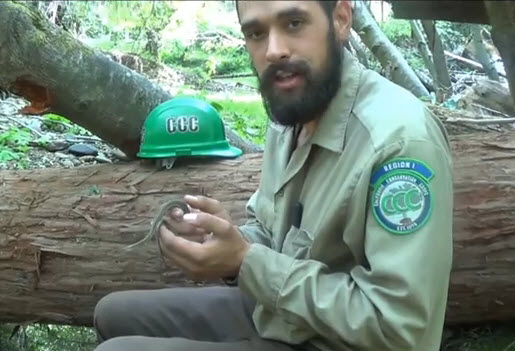
Jacob shouted, “Catch it! Let’s get a better look!”
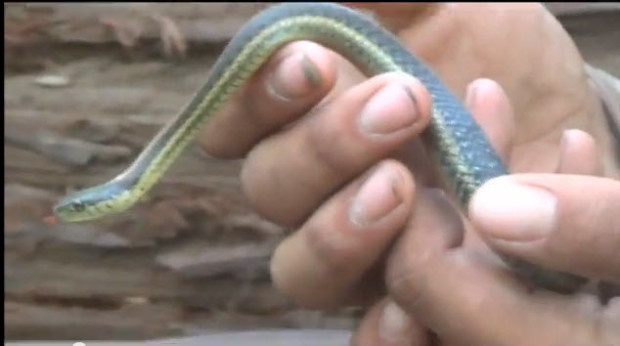
Before I explain this cold war between the cold blooded, I’ll let you in on a few interesting facts about rough-skinned newts AKA Taricha granulosa. All four of the Taricha spp. newts that we have in California have a relationship with a type of bacteria in their bodies that makes the newts extremely toxic. This often referred to “poison” is actually a neurotoxin called tetrodotoxin (the same toxin that’s in puffer fish). Toxicity is not their only claim to coolness. These newts also have the ability to regenerate their limbs and some internal organs. Kate noted that in some special instances, rough skin newts have even re-grown parts of their own brain!
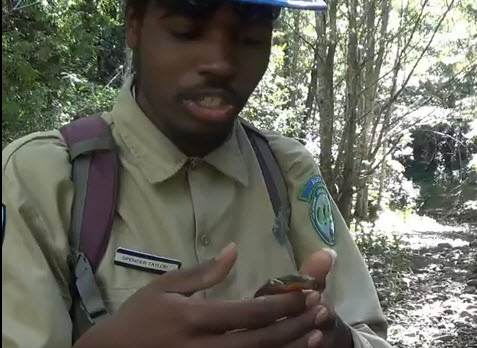
It gets even more interesting: the relationship between this amazing newt, and its only predator, has evolved into a race for existence. The garter snake has developed a unique adaptation to allow it to eat the highly toxic amphibian. Although not all Garter snakes can eat these newts, the ones that can, sequester the toxins from their prey in their liver, perhaps even making them toxic to their predators. These “toxic-immune” snakes are believed to be more brightly colored than the more toxic-susceptible members of their own species. Maybe this flamboyant coloration even warns the snake’s would-be predators that it, too, is toxic. Maybe that’s what we had discovered: a toxic-immune snake!
Since Kate’s class on the garter snake-newt arms race, every time I encounter either of these species, I wonder if any other of their wild neighbors is in on their arms race. Are there great blue herons out there becoming resistant to the newts’ tetrodotoxin from its diet of garter snakes? If so, will its feathers take on an even more spectacular hue of blue? Probably not, I mean, I can’t imagine those herons being any more beautiful.

And, yes, of course we set our snake free to live on amongst the habitat structures we built; where it can brighten the clear pools with its brilliance and dine on its favorite toxic meal.
Watch two great videos Nick and the crew created on this evolutionary arms race:
[youtube]http://www.youtube.com/watch?v=fAR4ri3zDjE[/youtube]
[youtube]http://www.youtube.com/watch?v=N-HKHJVRaOY[/youtube]
Want to make a difference for wildlife in your yard, schoolyard, church, business, neighborhood, or community? Check out the NWF Certified Wildlife Habitat® program website or Facebook page.
Follow NWF California on Facebook for more great wildlife stories and photos from across the Golden State!











